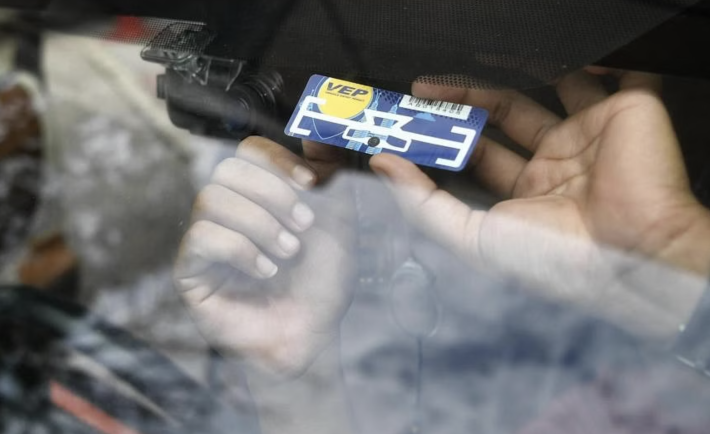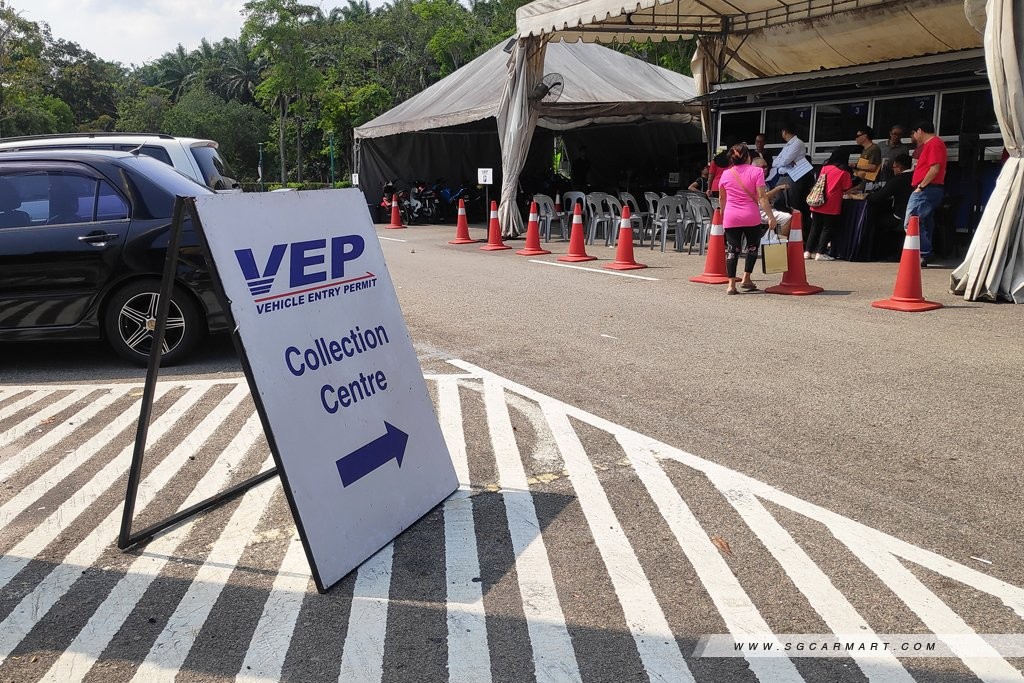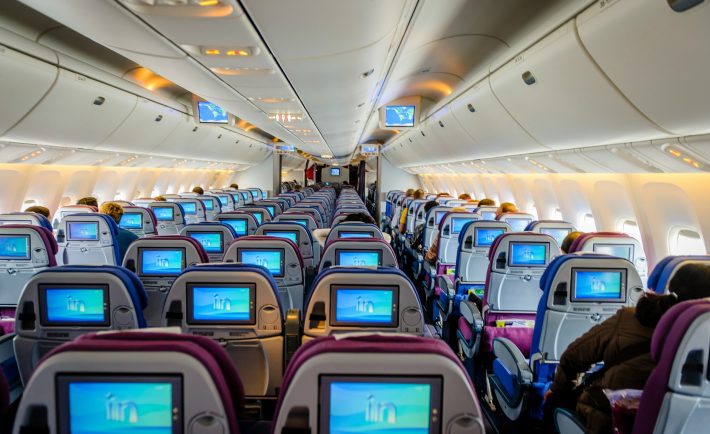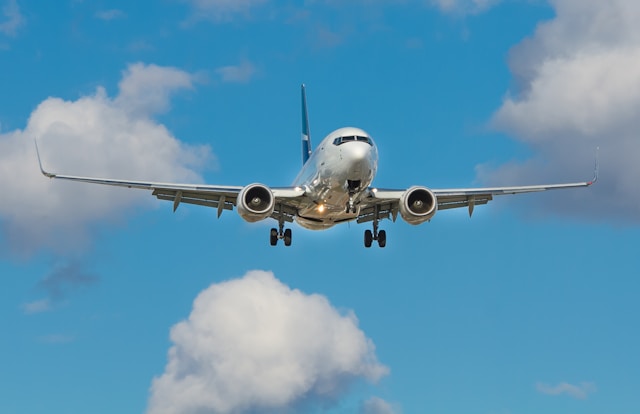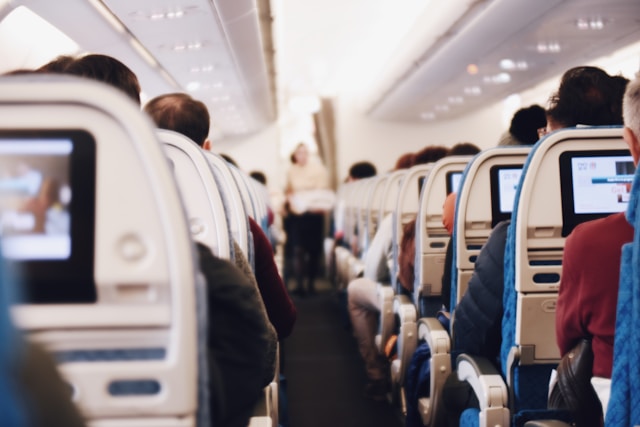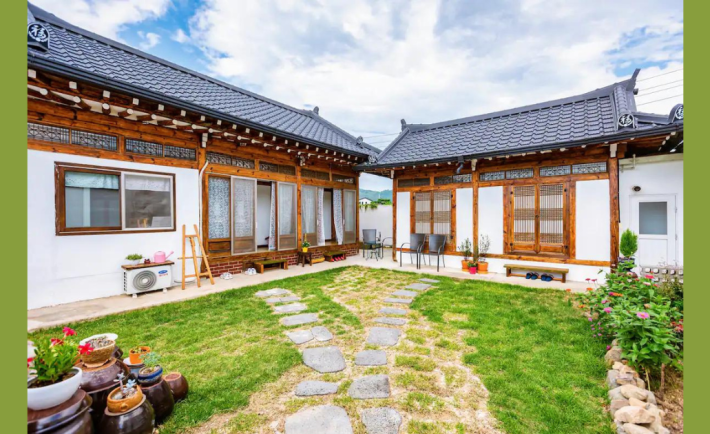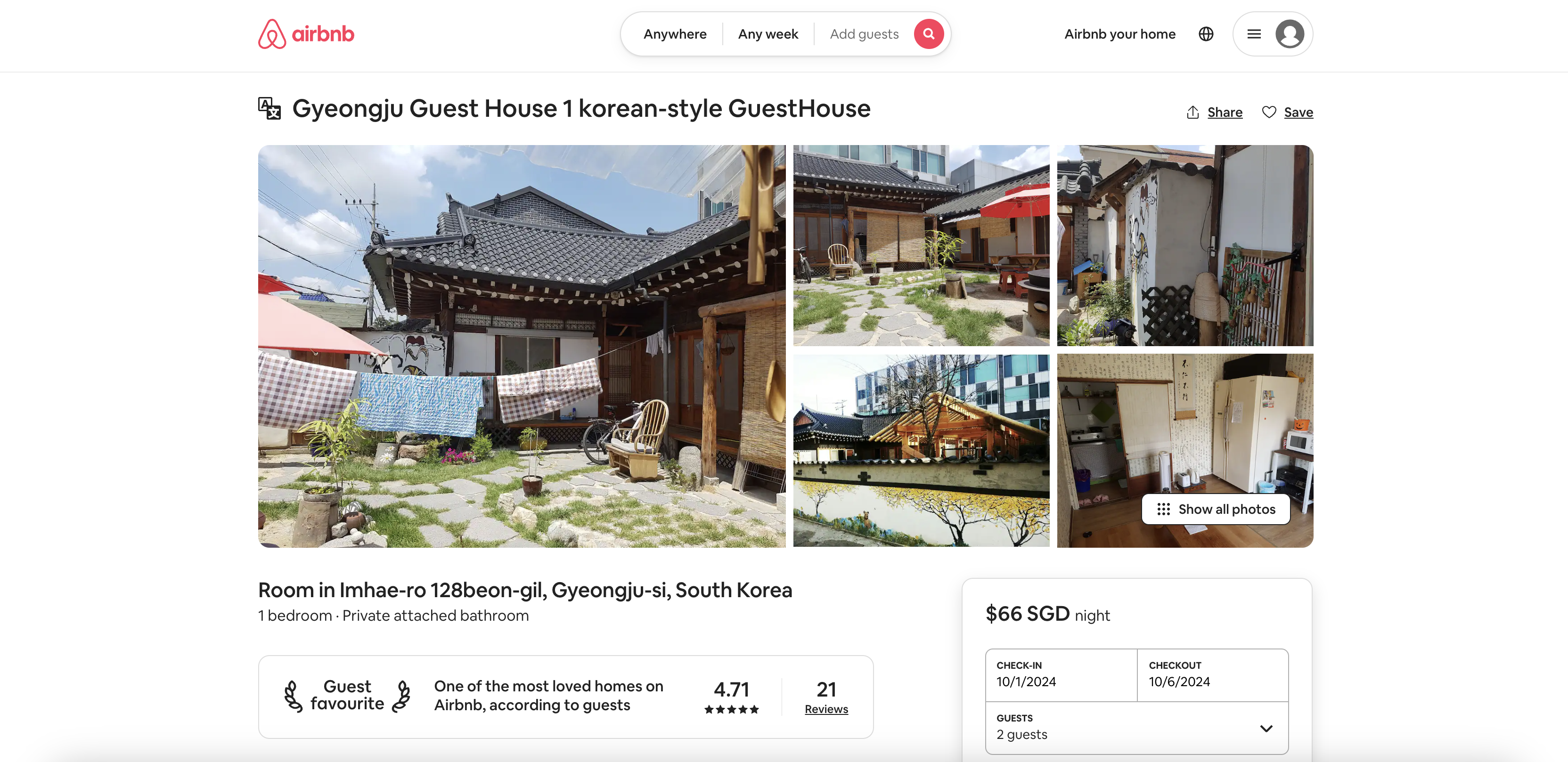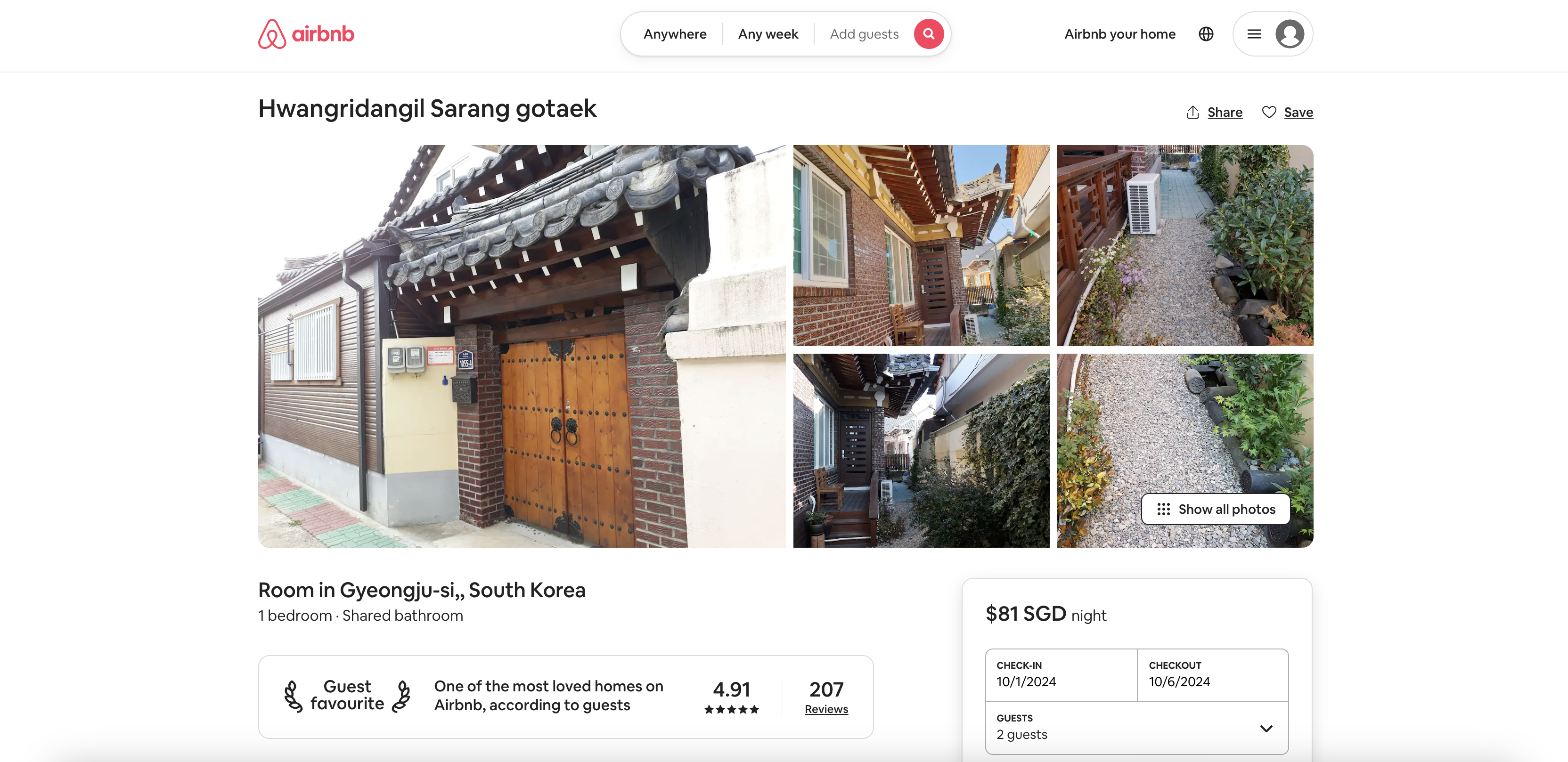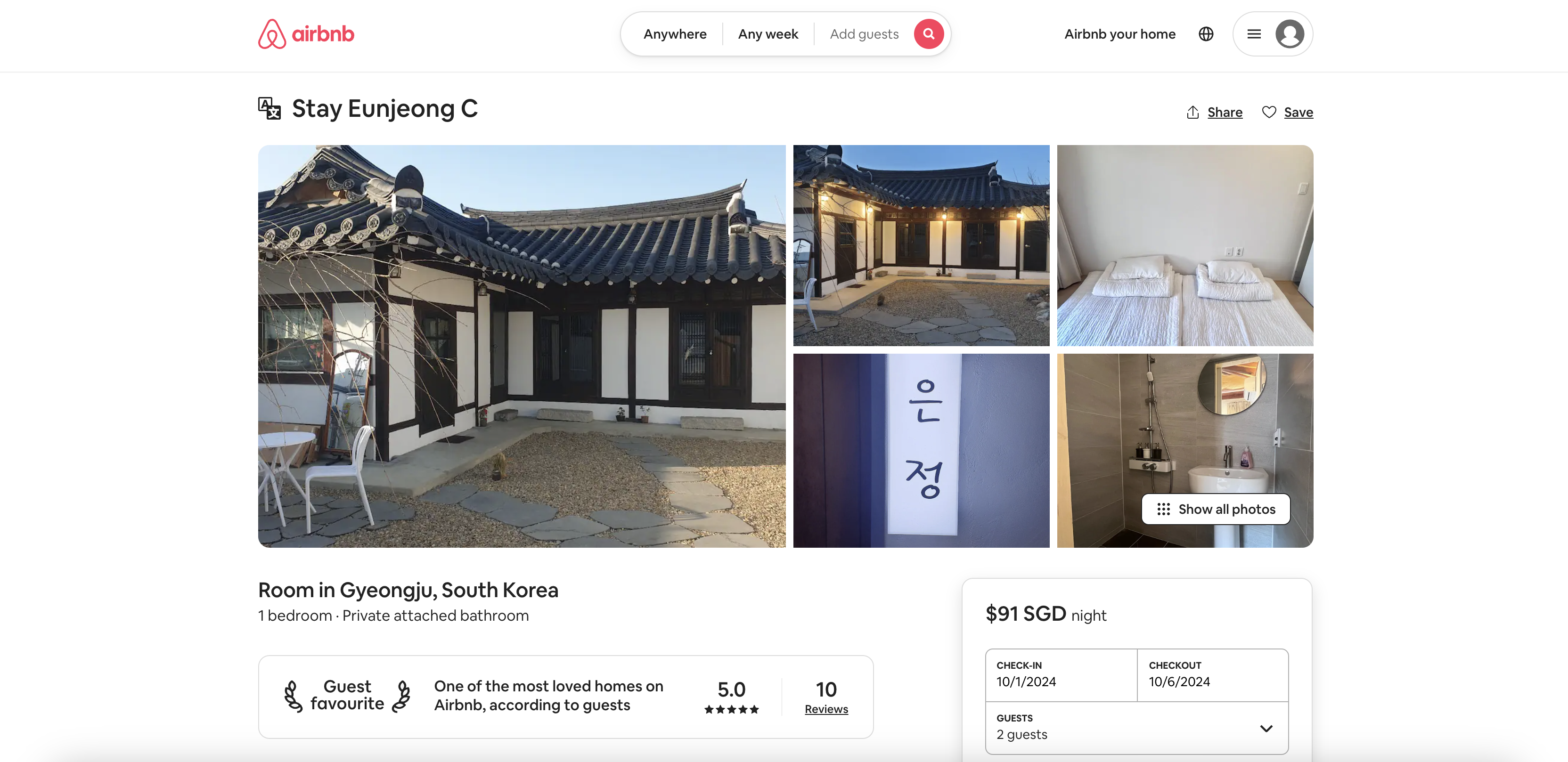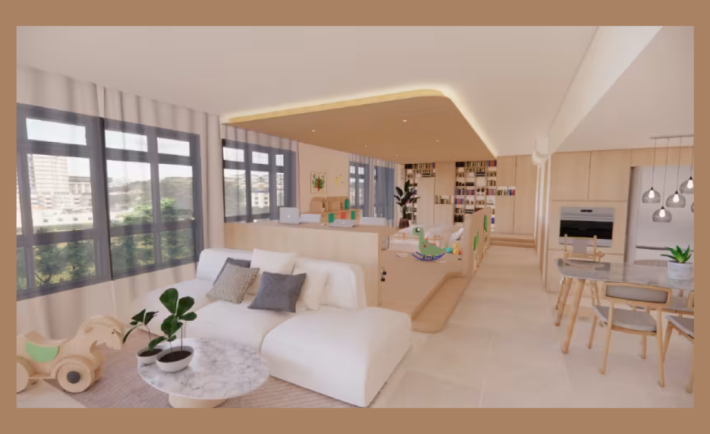My father recently found himself with some extra income. After diligently paying off debts, he realized that he and my mother could finally take a cruise and travel together for the first time since their kids grew up.
Cruises from Singapore or any part of the world can be expensive, but they don’t have to be. Here are six secrets we’ve discovered to help you save money on your next cruise holiday.
#1: BOOK EARLY
Booking your cruise early can often secure the best deals and the widest choice of itineraries and cabins. Many cruise lines offer early bird discounts and special promotions that can save you a significant amount of money. My friends managed to snag a great deal by planning their honeymoon trip well in advance, ensuring they got the cabin they wanted at a fraction of the peak price.
#2: LOOK FOR INCLUSIONS
When booking a cruise, the lowest price isn’t necessarily the best deal. Patton, a seasoned travel advisor, points out that the starting price doesn’t always reflect what you’re getting for your money. “Many small-ship cruise lines offer all-inclusive fares where excursions, beverages, and specialty dining are included. These can cost you a lot if bought separately,” she says. Michael Middleton of MyCruises recommends looking for deals that offer inclusions, such as onboard Wi-Fi for a set day rate, which can add up to substantial savings.
#3: AVOID PAYING FOR FLIGHTS
Flights can be notoriously expensive due to high demand and limited supply. One way to save is by cruising from your home port. Cruise lines like Royal Caribbean and Resorts World Cruises have departure points in places like Singapore, which can eliminate the need for pricey flights. My parents chose a cruise departing from Singapore, saving them a considerable amount on airfare.
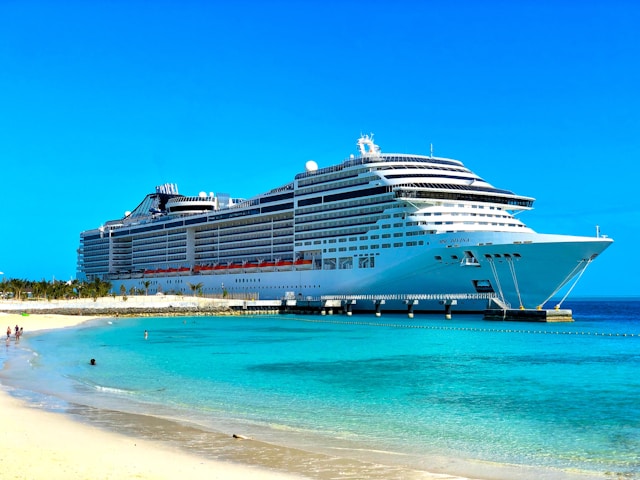
Image Credits: unsplash.com
#4: CONSIDER PACKAGE DEALS
Bundling different aspects of your cruise holiday, such as flights, accommodation, tours, and transfers, can result in significant savings. Travel agents often have access to rates not available to the public.
Websites like Klook also offer package deals that can help reduce overall costs. Browse through their selections today.
#5: THINK LAST MINUTE
If your free time is spontaneous or out of the blue, consider last-minute bookings. These deals are often available during year-end promotions or when cruise lines need to fill remaining cabins.
#6: SHOP AROUND
It’s always wise to shop around and compare prices before making a booking. Different travel agencies and websites offer various promotions and discounts. My father spent time researching and comparing different options before making a final decision. This careful shopping around helped him find the best deal, ensuring a memorable and cost-effective cruise holiday for my parents.
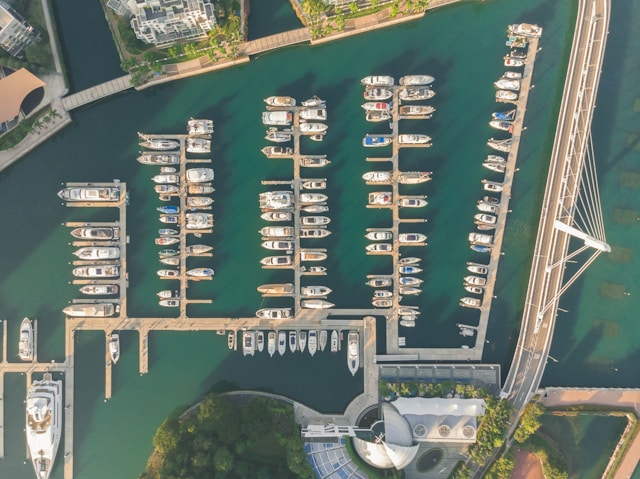
Image Credits: unsplash.com
In conclusion, with a little planning and smart shopping, a cruise holiday can be an affordable and enjoyable experience.
Source: 1


